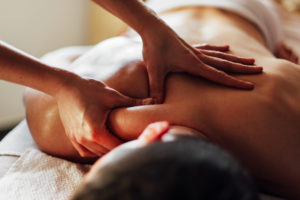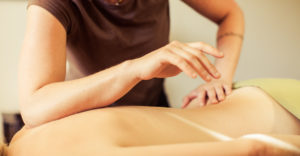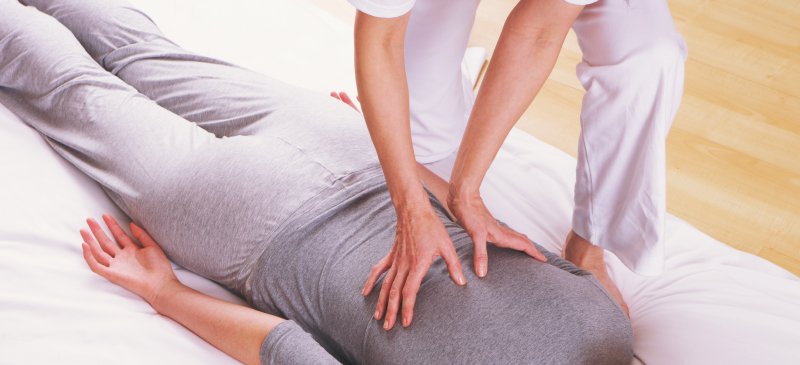Intensifying the profound effects of deep tissue massage, penetrating the

deeper layers of muscles and surrounding tissues. The therapist usually massages with slow, but powerful movements and improves the status of chronic or aching muscles, maintenance problems, and helps recover from injury.
How does deep-tissue massage work?
The therapist usually performs very similar movements to the Swedish massage, only with much slower and deeper pressure, focusing on the tense or painful area. Due to chronic muscle tension or injury, mostly clogged tissues are left behind that can obstruct normal circulation and cause pain, limited motion and inflammation. The deep tissue massage in delhi breaks these blocked parts to eliminate the pain and allow for normal exercise. The massage therapist usually uses oil and often performs a deep pressure massage. It is important that your muscles are relaxed so that the deeper layers can be reached by the masseuse.
Is the deep-tissue massage painful?
At some points in the massage, most people experience some discomfort or pain, but this can not be too strong. Therefore, it is important that you indicate to the therapist if you experience pain beyond your comfort zone or you feel strangely unpleasant. After a massage you may also feel a little tense-aching, but you have to spend a day there. In some cases, the therapist may suggest that you skip an area after a massage.
What is good for deep-tissue massage?
This type of female to male body massage in delhi mostly focuses on a specific problem. This is often chronic muscle pain, post-injury rehabilitation, and the following conditions:
- back pain

deep tissue massage - limited movement
- carpal tunnel syndrome
- maintenance problems
- painful osteoarthritis (degenerative arthritis)
- sciatica
- Tennis Basketball
- piriformis syndrome (painful condition due to the pressure of the sesame nerve)
- fibromyalgia (unexplained rheumatic connective tissue and muscle pain)
What happens to a typical treatment?
The full body massage in delhi therapist performs a massage using his hands and arms: fingertips, fingerprints, elbows and forearms. Meanwhile, you are trying to relax, and especially to relax your muscles so that the masseur can penetrate deep layers. The therapist may ask you to breathe deeply as you massage some areas.
The most important tips
- After a deep-tissue massage, you may experience minor pain that lasts for a day or two, and to relieve such cases, the therapist may also recommend jamming as a “post-treatment”
- Drink plenty of water after a massage, because it can help rid your body of released toxins, so you can relieve the pain after the massage
- Do not do exhausting activity after the massage (eg do not eat)
- stretching may also help prevent muscle pain after massage
